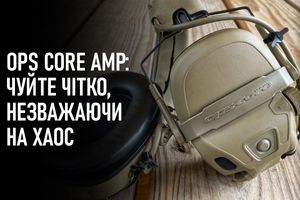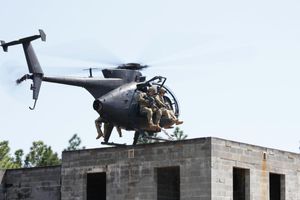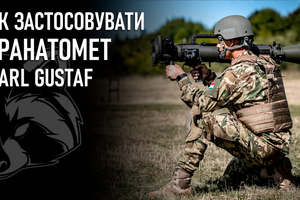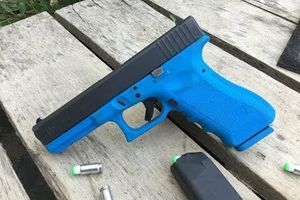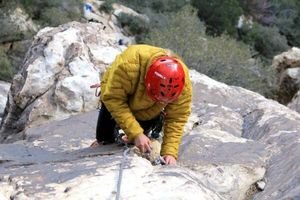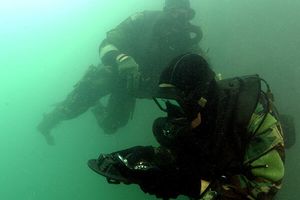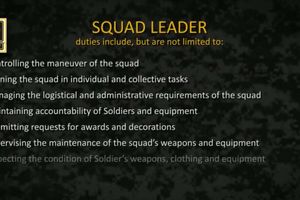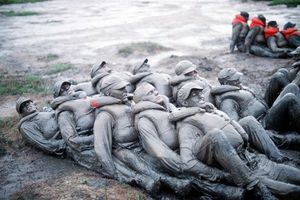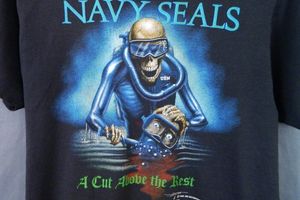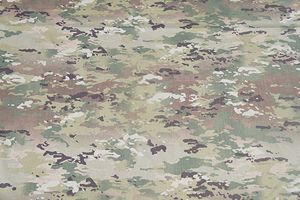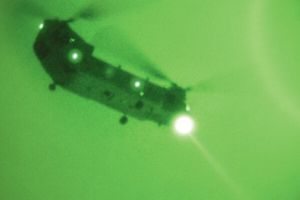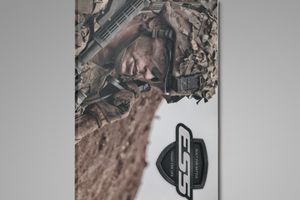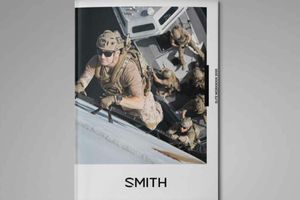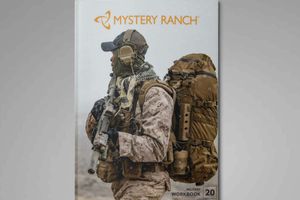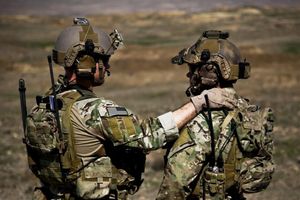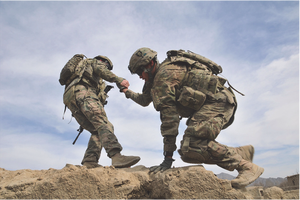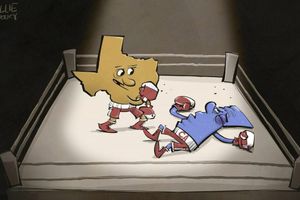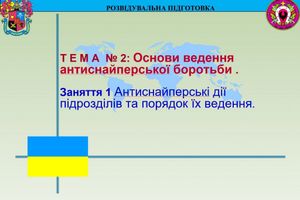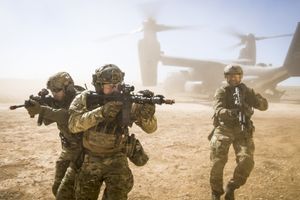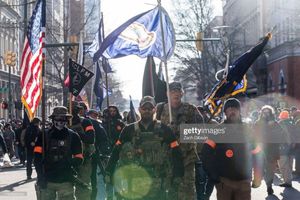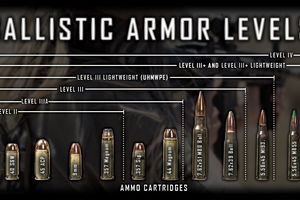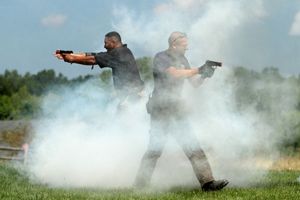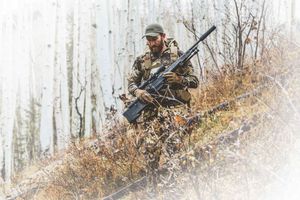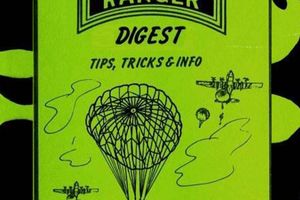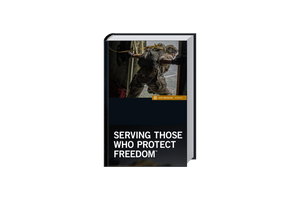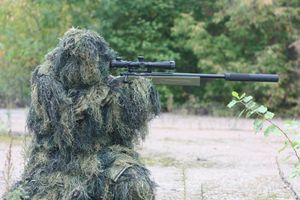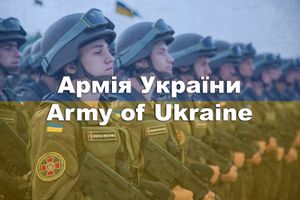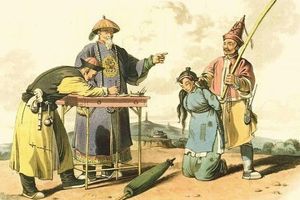Lauri Allen Turney, who later changed his name to Larry Thorn.
Born on May 28, 1919
He died October 18, 1965.
Born in the Finnish city of Viipuri, present-day Vyborg, in the family of the captain of the navy. He was a good friend of the future Olympic boxing champion Wall Suvio.
His childhood, like any normal Finnish teenager, he spent fishing and hunting.
Growing up, he entered the economic school (business school), at the end of which he enlisted as a volunteer in the ranks of Schützkor (volunteer police), later, in 1938, he entered military service.

Young Lauri Allan Turny.
Service in the Finnish Armed Forces. Talvisot
Lauri Turny started his service in the 4th Separate Eger Battalion.
At the same time, the command found in him the makings of a commander and sent him to sergeant courses, successfully passing which, Lauri received the rank of junior sergeant.
In 1939, the Soviet-Finnish war began, also known as Talvisot. His term of service was extended, and together with his unit under the command of the White Guard and the future national hero of Finland Matti Aarnio, Lauri was transferred to the eastern border, to the city of Raata (modern Sosnovo), where he opposed the offensive of the 9th Army of the Red Army.
Also, he was part of his unit, took part in the operation of ringing the 18th rifle division at Ladoga, Lemetti.
Later, this place will be called the Valley of Death.
After a number of successful operations and a positive description of the command, Lauri was again sent for training, this time to an officer’s school, after which he graduated as second lieutenant.
By the end of the war, Lauri Turny had the following awards: Medal of Freedom of the Second Class, Medal of Freedom of the First Class, Bronze Medal of the Defense Forces, Cross of the Egerno-Border Forces.

Untersturmführer Lauri Turny
In June 1941, Törni, together with other Finnish volunteers, went to Austria for joint exercises with the Waffen SS, which resulted in the formation of a volunteer SS battalion Nordost, and Terni himself was given the title of Unterschturmführer. Together with the Nordost battalion, he had to go to the very inferno - Eastern Europe. However, fate decides otherwise. Due to the re-staffing of the battalion by officers, the command of the SS sends Terni home.
It should be noted that the Finnish battalion is one of the few SS battalions that have not been charged with war crimes.
Most of all, Turnie distinguished himself during the Second World War, in the fields of "Karelian" battles and offensive operations in the Arctic. Despite the fact that he could not get to the Nordost, he continued his war as part of the Armed Forces of Finland. The 8th special squad of the 1st division of the Finnish Armed Forces of Finland falls under the command of Turny, with whom he passed from Karelian fortification. District to Murmansk.
The main specialization of this unit was reconnaissance and sabotage missions, however, it was often attracted to the implementation of combined-arms tasks.
In 1942, for a number of successful operations, Lauri was promoted to 1st Lieutenant, however, during the next reconnaissance mission, he steps on a mine. Lauri escaped with temporary paralysis, and penetrating fragmental wounds.
By the time Lauri was fully recovered, his detachment was no longer necessary, and the unit was disbanded. Lauri himself was seconded to the 56th Infantry Regiment, where he again comes under the command of Matti Aarnio, who is well known to him from the Soviet-Finnish war.

"Ranger" with his commander
They quickly find a common language and Lauri gets the opportunity to form his squad anew. Later, the unit expands to a company. Lauri Turny again gets the opportunity not only to effectively hit the enemy in the forehead, but also to strike deep behind the front line. His company had its own chevron: Inverted blue triangle with inscribed red T and yellow lightning. Everyone called her none other than the Rot Company, or Jägeri Turni.

Shoulder Stripe
The Turney delivered multiple blows to the Red Army in Karelia, behind the front line. Including, Turni repeatedly conducted counter-diversion operations, thanks to which, it was possible to prevent the transfer of Soviet saboteurs to the rear of the Finnish positions.
In August 1944, Lauri was promoted to Captain.
Lauri so vexed the Soviets that the price of 3 million marks was assigned to his head.
The capitulation of Finland. Service in SS. Jail.
Lauri refused to accept the capitulation of Finland, and in September 1944 went to the reserve, refusing to take part in the Lapland company. By chance, he managed to escape to Germany on a submarine in 1945.
Once in Germany, Turni was trained in the SS Yagdverband, but refused to fight against his brothers, the command sent him to the eastern front, where he was able to get even with the Bolsheviks.
Later, for services to the Reich, he was promoted to the Hauptsturmführer SS, and also awarded the Iron Cross of the 2nd Class.
Shortly before Germany’s complete capitulation, Lauri Turny surrendered to the US-British forces. Naturally, he was sent to a prisoner of war camp in Lübeck, from which he successfully escaped in June 1945. He kept his way to Finland, where he was caught Valpo (pro-communist secret police). After the arrest, Turni was charged with treason and was threatened with a prison sentence of 6 years. Lauri twice escaped, but both times he was caught and returned to custody. The third escape failed altogether. However, by presidential decree, Lauri Turny was pardoned in 1948.

Prisoner Lauri Turny. 1946
Flight to Sweden. Combat Fellows. Service in the US Army.
Realizing the influence of the USSR on the leadership of his homeland and the potential possibility of re-imprisonment, Lauri decides to leave the country. Together with his comrade-in-arms, he went to Sweden, where he signed up as a sailor on a merchant ship using forged documents. Fate again favors Turn and in Caracas, where his merchant ship went, for the third time he meets his commander, Finnish colonel Matti Aarnio. Apparently, it was he who advised Lauri to continue his struggle in the ranks of the US Armed Forces

Lauri Turny, 1949 Christmas
From the same place, Lauri is hired to another Swedish merchant vessel, which was to be sailed to the USA in 1950. When his ship sailed near the coast of Alabama in the Gulf of Mexico, Terni jumped overboard and swim to the coast.
Once in the USA, Terni quickly found his way, and came to the American-Finnish community. He had to plow for several years in the blackest works, in anticipation of obtaining official political refugee status, in 1953. He changes his first and last name to Larry Thorne and enters the US Army.

Headquarters Sergeant Larry Thorn
In the ranks of the US Army, he meets his comrades who fought him in the ranks of the armed forces of Finland and the Wehrmacht. Those, knowing about his combat experience, are doing everything possible to push him through the service.
Thus, Larry Thorn falls into the ranks of the Green Berets. Moreover, he becomes an instructor, and trains soldiers in the tactics of fighting in the winter, conducting partisan operations, reconnaissance and sabotage operations, etc. He also takes officer courses, and regains the rank of 1st lieutenant.
In 1958, he returned to Germany, but as a part of the 10th SFG.
As part of the Green Berets, Larry directs the operation to evacuate secret documents from a spy plane that crashed in the mountains of Iran. The command considered this mission impossible.
For his actions, Larry was promoted to Captain. Also, taking advantage of the moment, Larry visits his relatives in Finland.

Captain larry thorn
War in Vietnam. Death. Thurney's legacy.
In 1961, the Cold War enters an active phase; in North Vietnam, the USSR and the PRC provide military support for the upcoming invasion of South Vietnam. Larry gets another chance to get even with the Bolsheviks.
In 1963, Larry Thorn as part of the SFDA 734 was sent to South Vietnam.
During a business trip, Larry received many injuries, was twice awarded the Purple Heart and once the Bronze Star. He also participated in the defense of the military base in Tinh Bien.
In 1965, the United States officially entered into conflict on the side of South Vietnam. Larry Thorne goes to Vietnam again, this time as part of the 5th SFG. Upon arrival, he was enrolled in the MACV SOG, in which he conducted a number of operations.

Larry Thorn in the composition of the MACV-SOG
On October 18, 1965, his group conducted an operation to calculate key points on the Ho Chi Minh trail. At some point, the connection with his CH-34 is gone. At first, Larry was considered missing, but he was later found dead. The official version said that the pilot of the helicopter, lost control, due to severe weather conditions, and crashed 40 km from Da Nang.
Larry Thorne was posthumously awarded the rank of major.
The remains of Lauri Terni were found only in 1999 by the Finnish-American search group. His remains were sent to the United States, where they were later buried.
Many consider Lauri Terni to be an odd character. However, this did not prevent him from becoming a national hero for the United States and Finland.

Funeral Major Larry Alan Thorne
Lauri Terni became the prototype of one of the heroes of the film Green Berets (1968), widely known in narrow circles directed by John Wayne.
Metal group Sabaton, wrote a song based on the life of Lauri Terni, entitled “Soldier of 3 Armies”
The 10th SFG building at Fort Carson is named after Larry Thorn. He is also immortalized in the Hall of Fame.


Awards Lauri Turney

























































































































